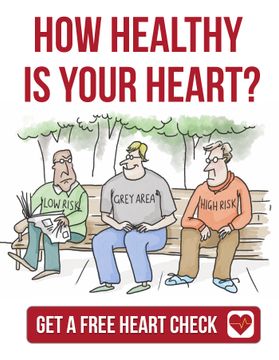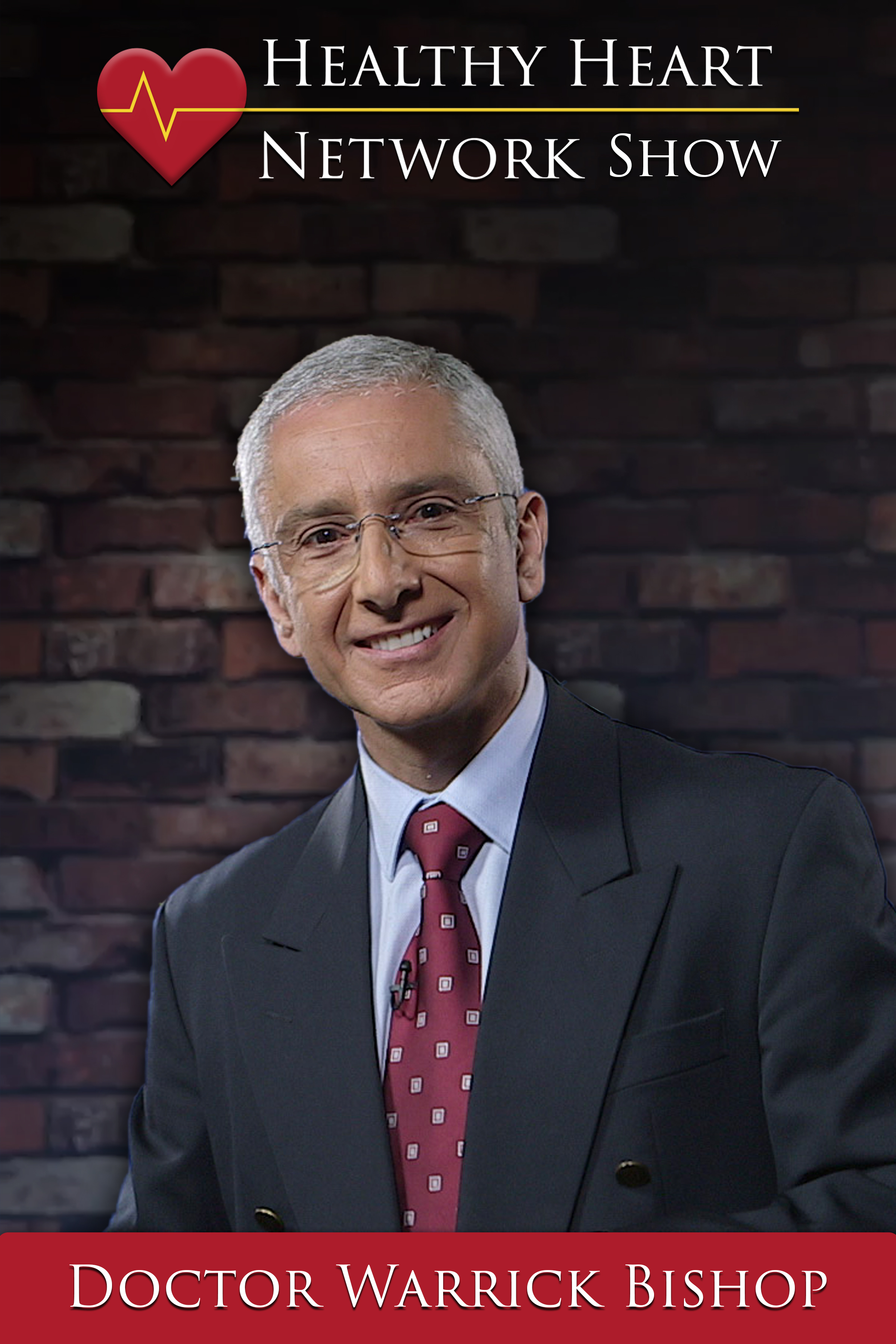Being fit and healthy is no guarantee that the arteries in your heart are in good shape. For instance, in recent years, I had an extremely fit patient come to see me for a stress test; at the time, he was training for an endurance event, and by all accounts, he was in fantastic shape. Several years earlier we had scanned his heart, and we found that he had a build-up of cholesterol in his arteries for which he was already receiving therapy. He had been training hard for the endurance event, and he confided that he felt ready for the challenge.
The reason for the timing of the stress test is that he routinely wore a heart rate monitor, and he noticed that he was experiencing breathlessness when his heart rate approached 150 to 160 beats per minute. Nevertheless, when he undertook the stress test, he appeared as though he could keep running all day, and that is exactly what he had been training to do. As the treadmill progressively got faster, his heart rate increased, and he eventually hit 160 beats per minute. He was noticeably gasping for air, but he did not experience chest pain, and compared with many other patients, he seemed be doing exceptionally well.
However, other data that we collected from him was telling a completely different story. His ECG indicated that there was a reduced blood flow to his heart as soon as he went over 140 beats per minute, and this got gradually worse. I then took him off the treadmill and put him on a bed so that we could ultrasound his heart to see what was happening. The images clearly indicated that the posterior part of his heart was not contracting properly. This test was telling us that this very fit-looking man who had been training for an endurance event, had a significant narrowing in the artery that supplies blood to the posterior wall of his heart. Within days he had an angiogram to confirm the diagnosis, and arrangements were made so that he could have angioplasty (opening the artery).
As suspected, the results indicated a narrowing of the artery, and he received a stent implant. He is now in good health and has resumed his full training regime. It was very lucky that this man decided to get checked before he participated in the endurance event, because we can only surmise what would have happened otherwise.
What if he had been fooled by his exercise capacity and his level of fitness?
What if half way through his endurance event his narrowed artery had become a blocked artery?
Well, I don’t have the power of divination, but I do know that we can avert this type of risk through heart imaging, rather than simply relying on the health of the individual.
Heart imaging is not for everyone, but it is certainly a test that everyone should discuss with their doctor to find out if it is appropriate for them.
Good health!








